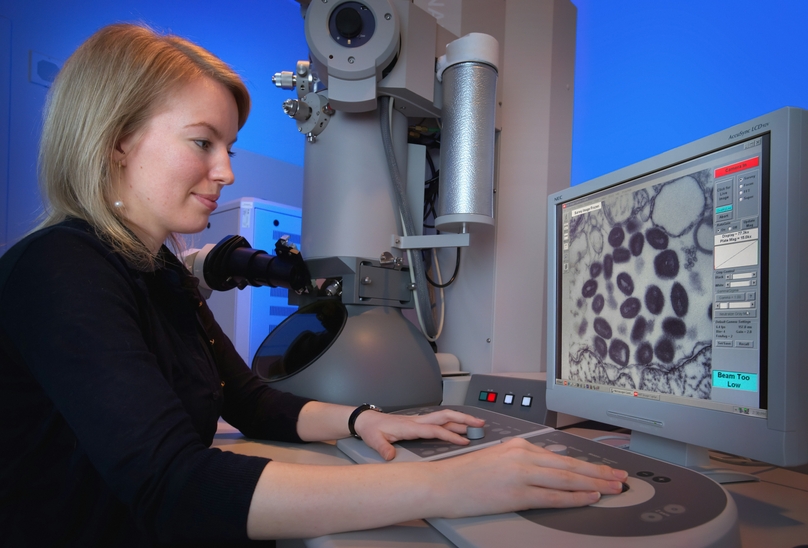Navigating LIMS data migration is akin to crossing a river filled with potential challenges. The process requires a delicate balance of precision, strategy, and technology to ensure valuable laboratory data moves seamlessly from one system to another. As laboratories grow and evolve, transitioning to new Laboratory Information Management Systems (LIMS) becomes essential. This shift, though beneficial, comes with potential pitfalls that can hinder the process. By focusing on a well-defined strategy, collaborating with a trusted vendor, and considering every data source, these hurdles can be skillfully avoided.
Create a Strategy
Every successful endeavor begins with a solid plan, and LIMS data migration is no exception. Crafting a strategy is like drawing a map for a journey; it outlines the steps, identifies potential challenges, and suggests detours when needed. Begin by assessing the volume of data, its complexity, and the desired outcome post-migration. Clearly defining goals and setting realistic timelines is crucial. Establishing milestones can act as checkpoints, ensuring the migration remains on track. With a well-laid-out strategy, the data migration journey becomes organized, manageable, and far less daunting.
Work with the Right Vendor Partner
Choosing a partner for LIMS data migration is akin to selecting a co-pilot for a long flight. This partner's expertise and reliability can ensure a smooth journey or lead to turbulent challenges. Engage with vendors who have a proven track record in LIMS migrations. Their experience will provide insights into potential issues and solutions that might not be evident otherwise. Before finalizing, ensure that the vendor understands the unique requirements of the lab and is willing to customize their approach accordingly. The right vendor partner not only brings technical expertise to the table but also understands the importance of the data, ensuring its integrity throughout the migration process.
Consider All of Your Data Sources
Every piece of data in a laboratory is like a unique puzzle piece, and overlooking even one can affect the bigger picture. When planning LIMS data migration, it's essential to account for all data sources, whether primary systems, ancillary instruments, or even manual logs. Each source has its format, structure, and intricacies. Understand the relationships between these sources and how they interact with each other. This comprehensive approach ensures that data is recovered during the migration. Addressing every data source also ensures workflow continuity, allowing the laboratory to operate efficiently post-migration. By being thorough and meticulous, the full spectrum of data can transition smoothly into the new LIMS environment.
Build a Strong Team
Building the right team for a LIMS data migration is like assembling a crew for a ship set to navigate uncharted waters. The expertise, commitment, and teamwork of this crew determine the success of the voyage. Each member is pivotal, whether data scientists, IT professionals, or laboratory managers. A team that understands the intricacies of the existing system will be instrumental in ensuring a smooth transition. Furthermore, strong communication among team members can preemptively identify and address potential issues, reducing the risk of significant roadblocks. When the right minds come together, bolstered by a shared objective and mutual understanding, the complexity of LIMS data migration becomes a challenge they're well-equipped to tackle.
Let Your Employees Be Part of the Process
Every individual in a laboratory, from technicians to managers, interacts with the data system in unique ways. Their daily experiences offer invaluable insights into the LIMS. Engaging them in the migration process is akin to gathering stories from every villager to create a comprehensive town history. Seek feedback, understand their needs, and listen to their concerns. Organize workshops or training sessions, enabling them to familiarize themselves with the new system. This not only empowers employees but also facilitates a sense of ownership and commitment to the migration's success. By integrating the collective wisdom of the entire lab staff, the transition to a new LIMS becomes more holistic, well-rounded, and user-friendly.
Revolutionizing LIMS Migration with Top-notch Tools
In LIMS data migration, the right tools can make all the difference. Integrating the best molecular biology software can significantly streamline the process. Platforms like Genemod's Primer Design bring precision and efficiency, ensuring that data migration is accurate and swift. Alongside this, incorporating advanced lab automation systems and software is paramount. With solutions like Genemod's Laboratory Automation Systems, laboratories can automate various data-related tasks, ensuring consistency and reducing the chances of human error. By leveraging these cutting-edge tools, labs can navigate the complexities of data migration more effectively, ensuring that valuable information is seamlessly transitioned without compromising its integrity. Embracing these advanced tools is like having a state-of-the-art navigation system for the challenging voyage of LIMS data migration.








.jpg)






